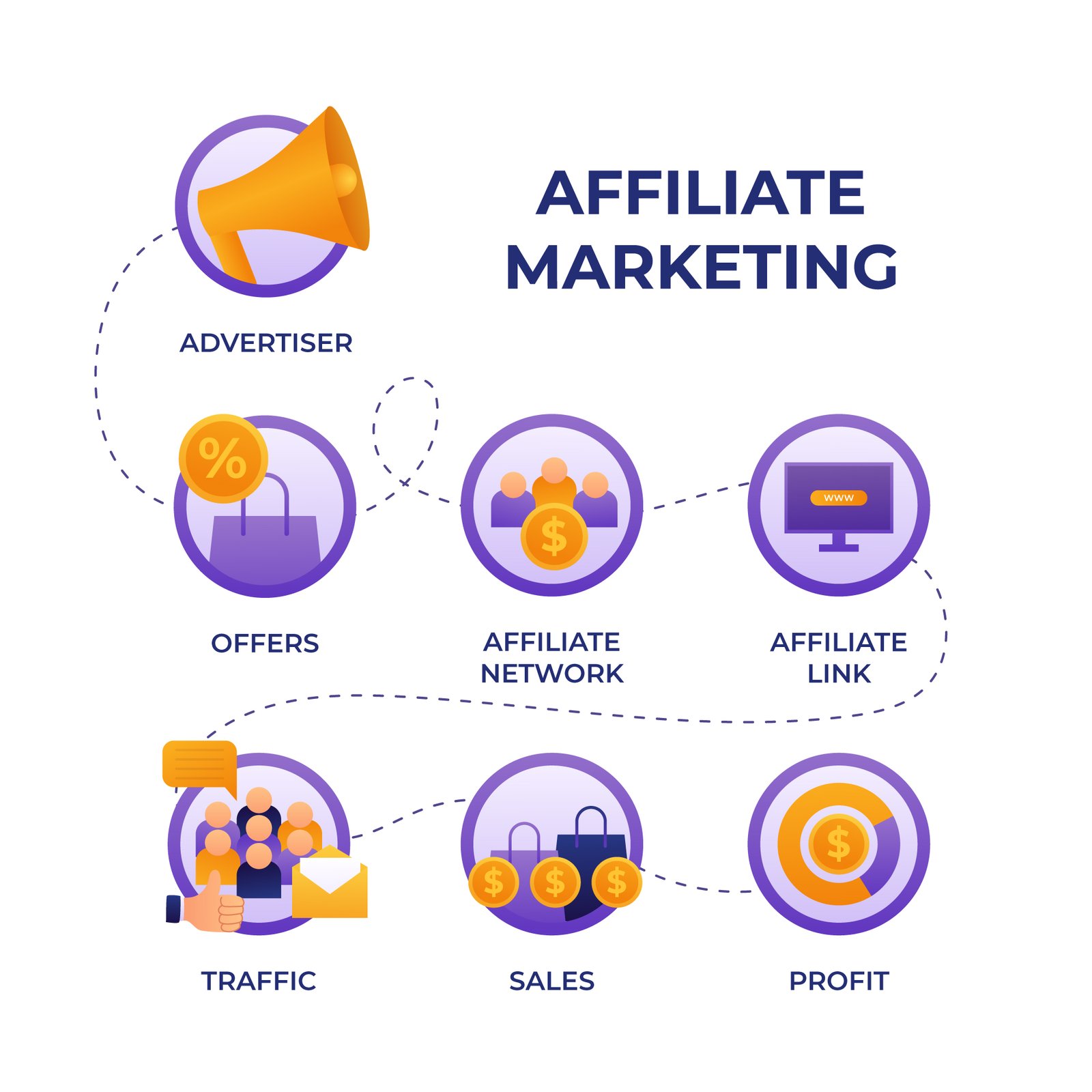The level of control you want over your marketing efforts plays a significant role in choosing whether to focus more between digital marketing and affiliate marketing. Digital marketing can give you complete ownership of your brand’s messaging, content creation, and campaign execution. You get direct oversight of how your brand appears to potential customers and can make quick adjustments based on performance data.
Affiliate marketing gives you more flexibility but you’ll need to let go of some control. Your affiliate partners promote products or services through their channels with their own creative approaches. You set the overall brand messaging and values, but affiliates decide how to present your offerings to their existing audiences.
This balance between control and flexibility shows a key difference between digital marketing and affiliate marketing. Digital marketers run multiple strategies at once and manage everything themselves or through their team. On the flip side, affiliate marketing makes use of external partners who earn commissions only after getting results. This lets businesses reach established audiences without doing the promotional work themselves.



